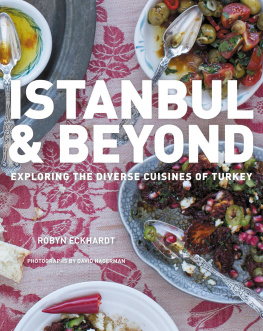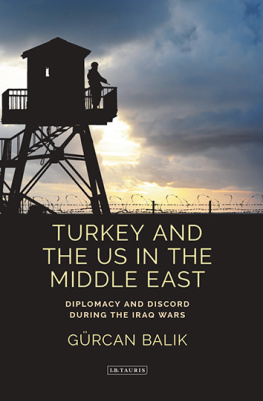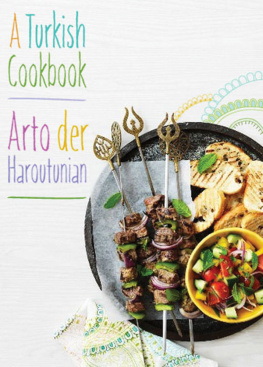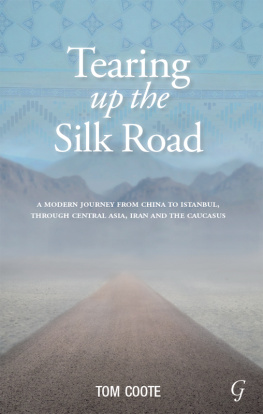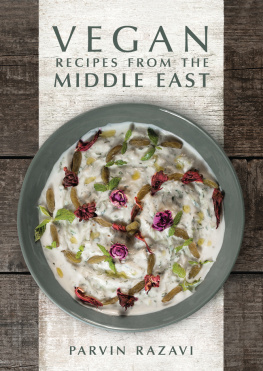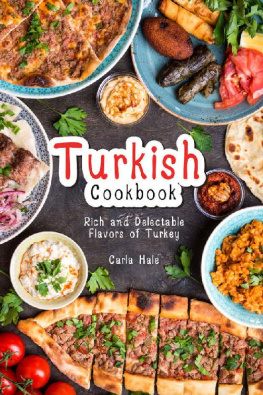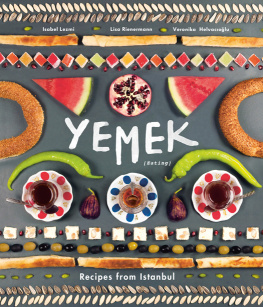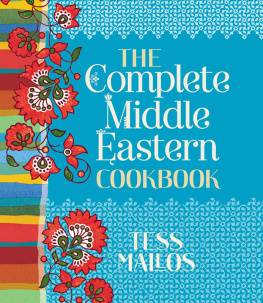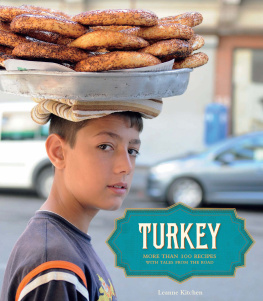Contents

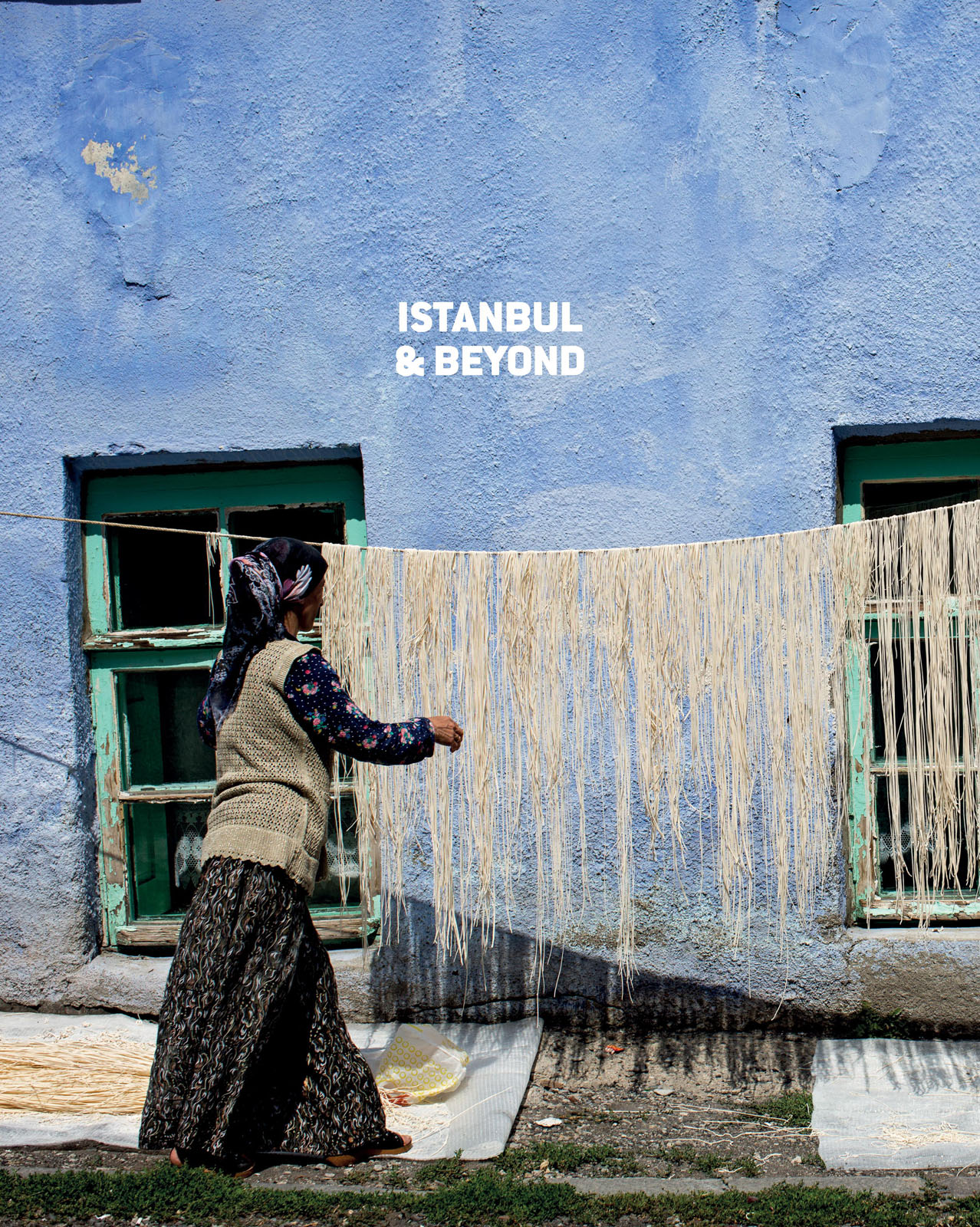
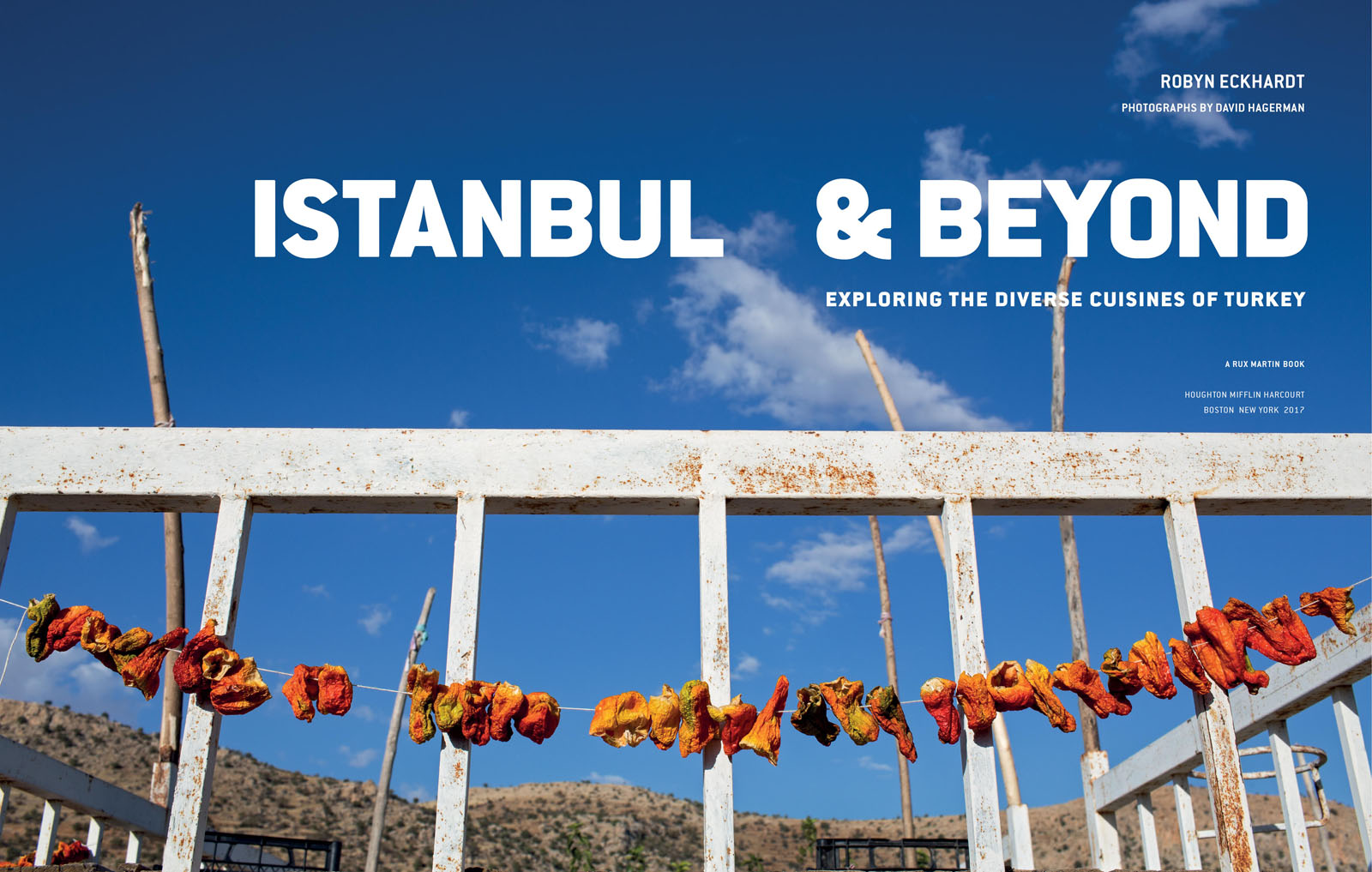
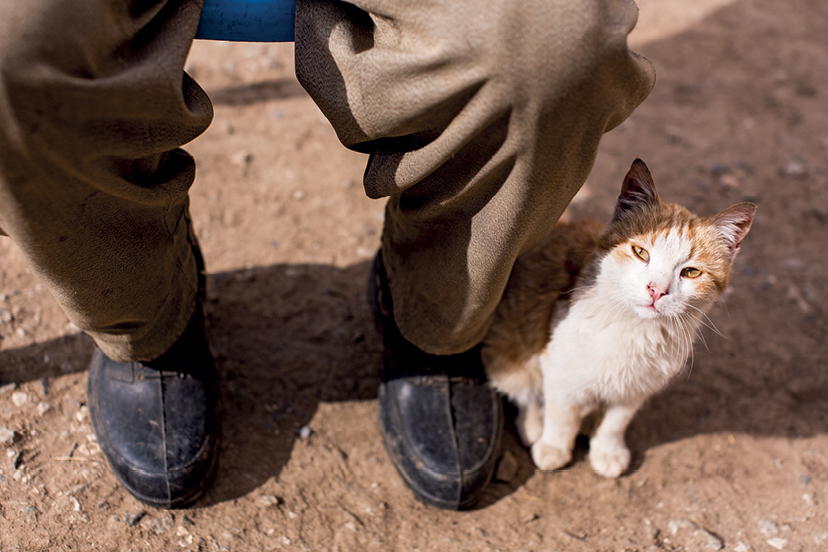
Cat at the feet of a Hakkri villager.
Copyright 2017 by Robyn Eckhardt
Photographs 2017 by David Hagerman
All rights reserved
For information about permission to reproduce selections from this book, write to or to Permissions, Houghton Mifflin Harcourt Publishing Company, 3 Park Avenue, 19th Floor, New York, New York 10016.
www.hmhco.com
Library of Congress
Cataloging-in-Publication Data
Names: Eckhardt, Robyn, author.
Title: Istanbul and beyond : exploring the diverse cuisines of Turkey / Robyn Eckhardt ; photographs by David Hagerman.
Description: Boston : Houghton Mifflin Harcourt, 2017. |
A Rux Martin book.
| Includes bibliographical references.
Identifiers: LCCN 2017023774 (print) |
LCCN 2017016108 (ebook) |
ISBN 9780544444348 (ebook) |
ISBN 9780544444317 (hardback)
Subjects: LCSH: Cooking, Turkish. | BISAC: COOKING / Regional & Ethnic / Turkish. | LCGFT: Cookbooks.
Classification: LCC TX725.T8 (print) | LCC TX725.T8 E29 2017 (ebook) | DDC
641.59561dc23
LC record available at https://lccn.loc.gov/2017023774
Food and prop styling by Catrine Kelty
Map by Lucidity Information Design, LLC
Cover Design by Jan Derevjanik
Cover Photography by David Hagerman
v1.0917
Half Title Page: Noodles on a clothesline in Kars.
Title Page: Sweet red peppers drying on the roof of a house in Diyarbakr province.
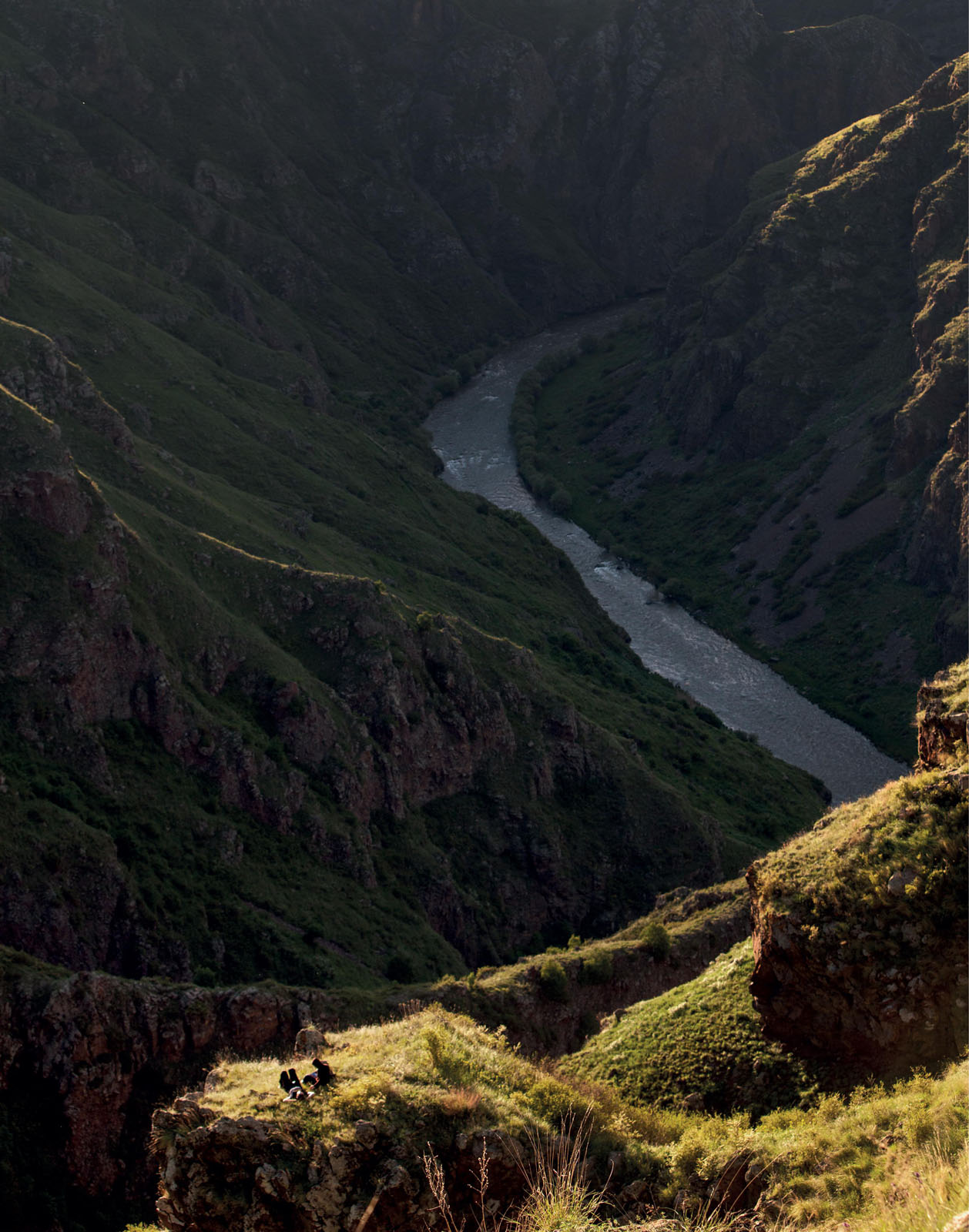
Picnicking on a bluff overlooking the Kura River, in Kars province.
To our parents,
William and Jeri Eckhardt and
Howard and Joan Hagerman,
who always encouraged
us to get out there
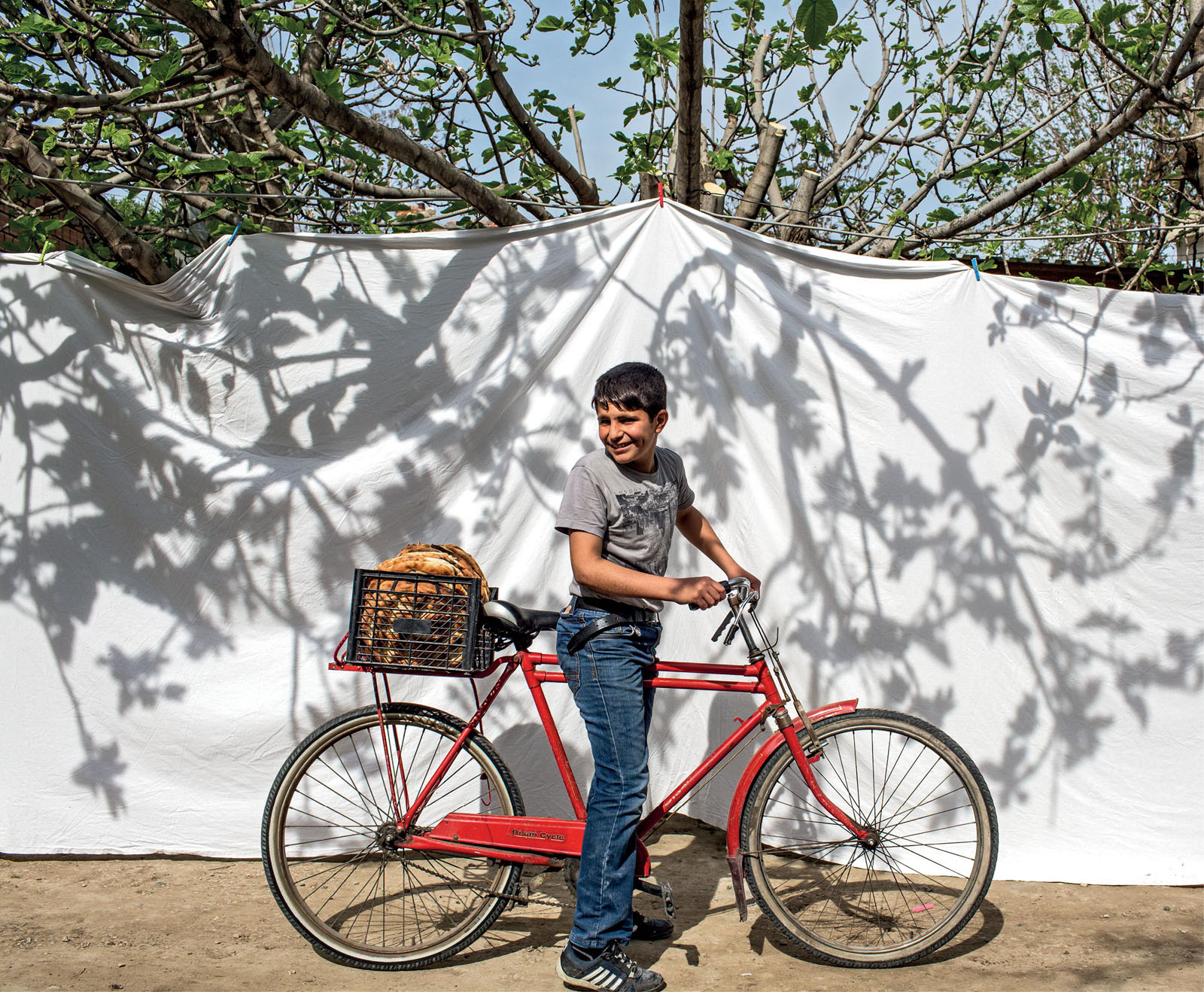
Bread delivery in Hasankeyf in southeastern Turkey.
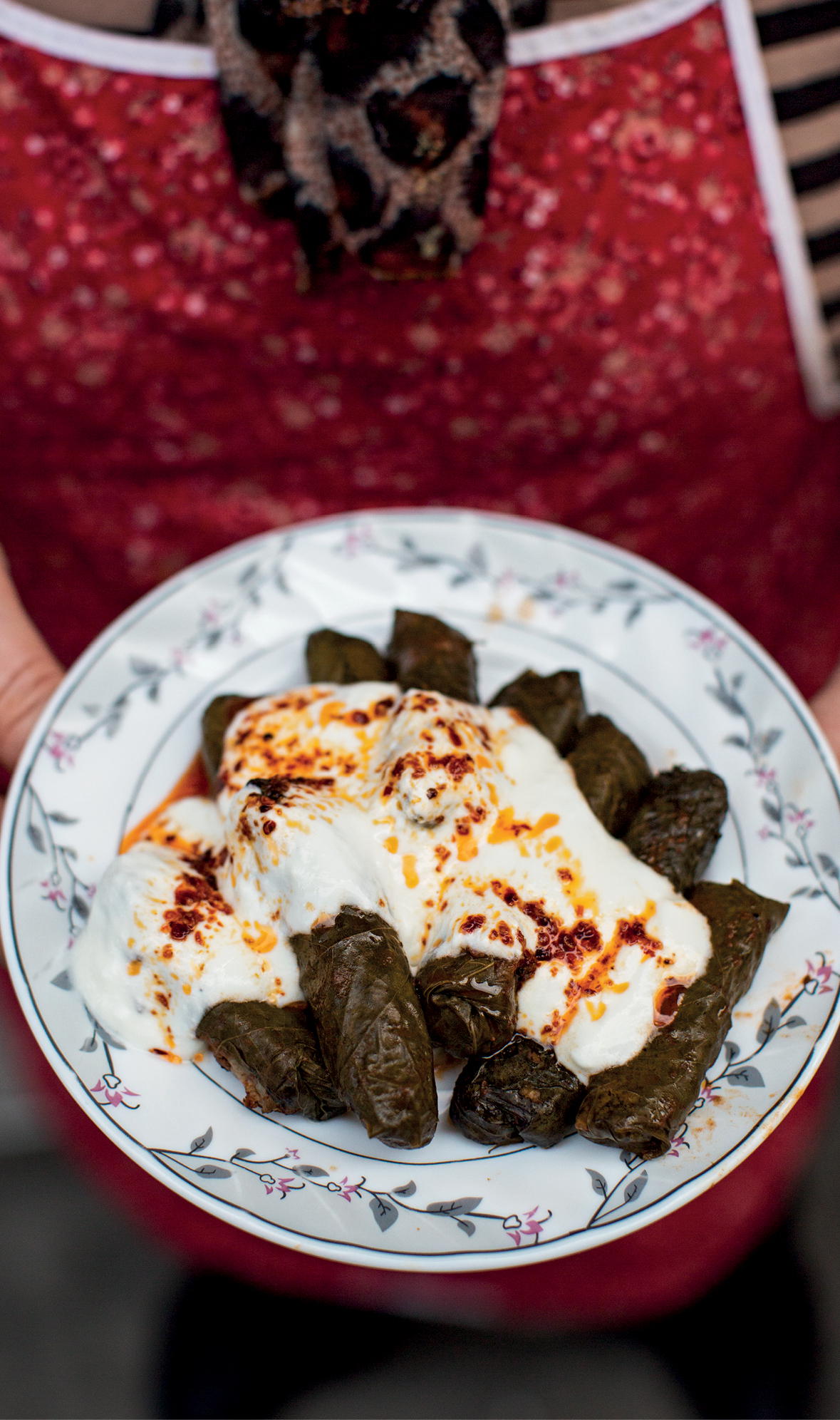
Stuffed grape leaves with yogurt and chile.
CONTENTS
Istanbul
The Black Sea
The Northeast
Van & Hakkri
The Southeast
Hatay Province
North-Central Anatolia
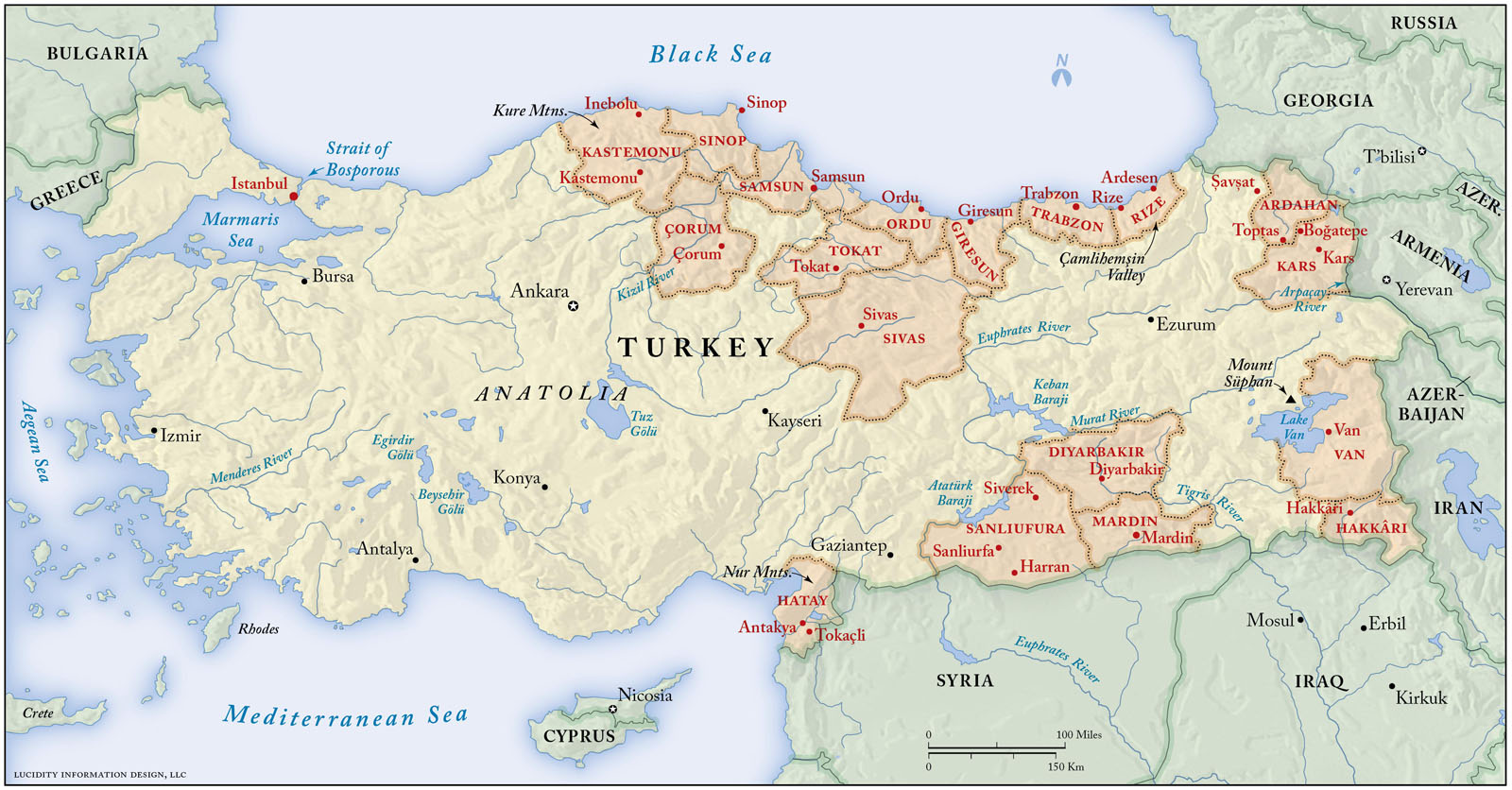
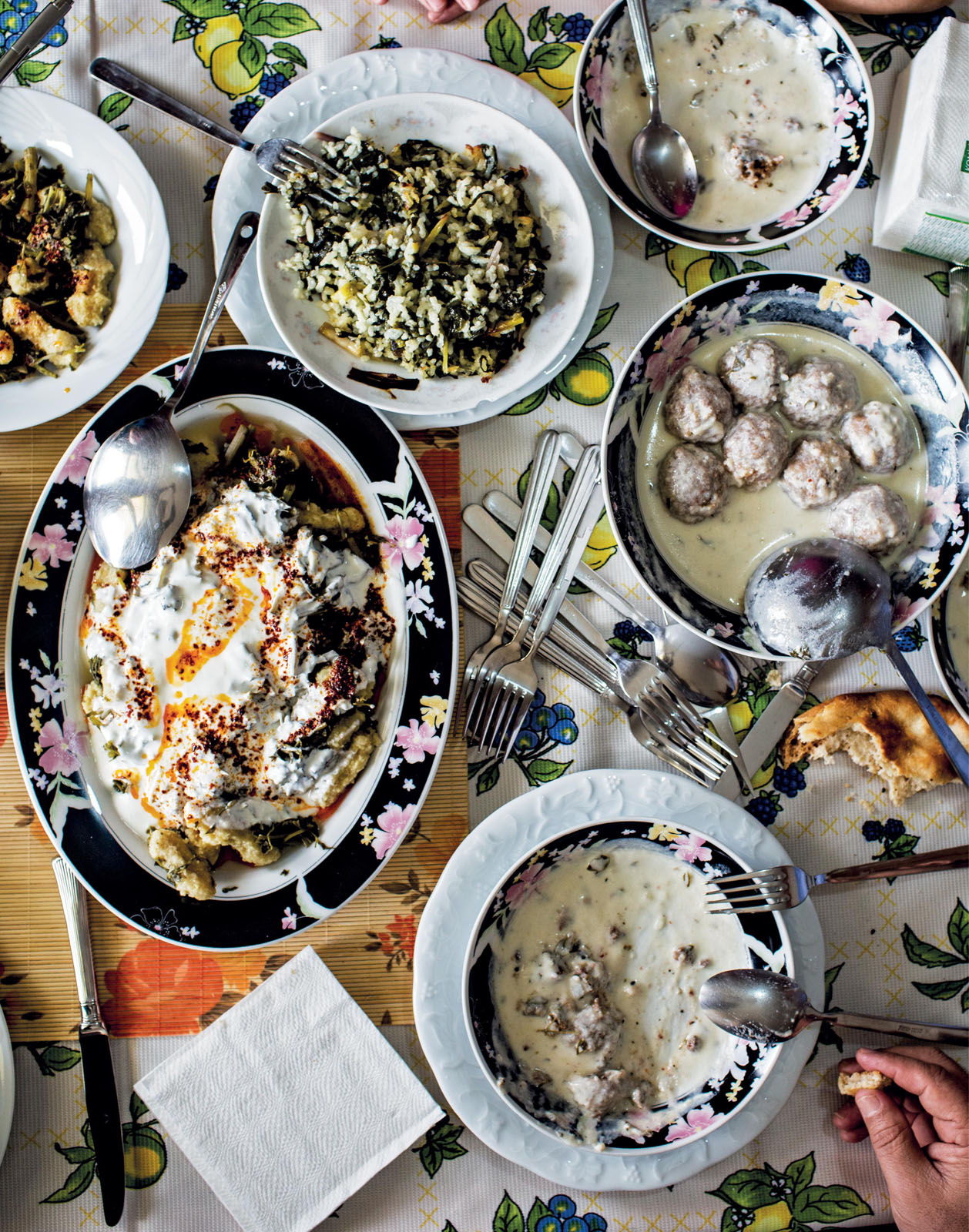
A home-cooked lunch in Hakkri.
Recipes by Category
(Recipes are listed in the order they appear in the book.)
Breakfast and Brunch
Appetizers
Soups
Salads
Breads & Pastries
Pasta & Grains
Fish
Chicken
Lamb
Beef
Vegetable Main & Side Dishes
Pickles & Relishes
Desserts
Drinks
Basics & Daily Dishes
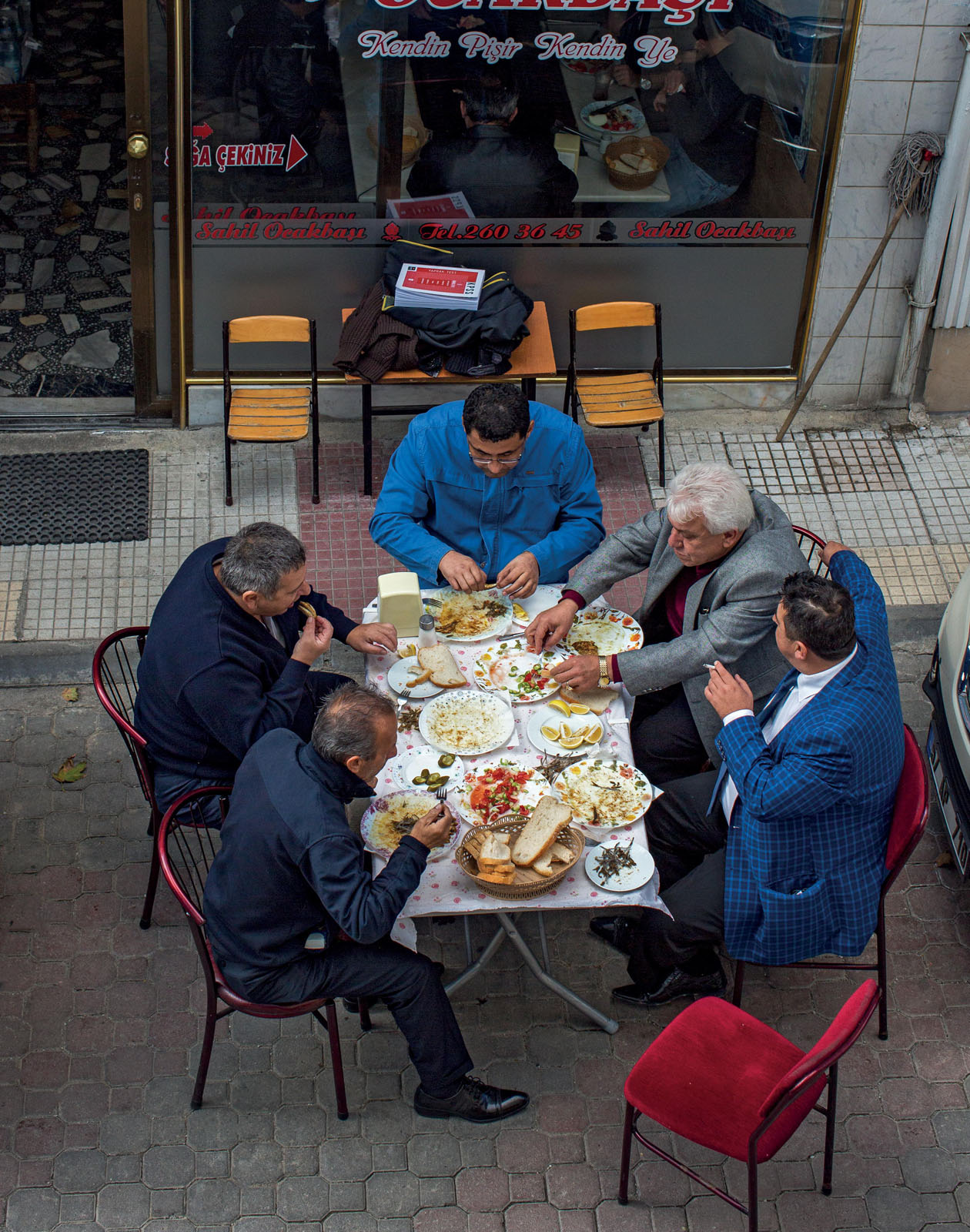
Friends lunch on grilled anchovies in front of a restaurant on the Black Sea coast.
Introduction
Before I began traveling in Turkey nearly two decades ago, I assumed its food was largely confined to kebabs, the small plates called meze, chopped salads, and baklavathe items on most Turkish restaurant menus in America. Yet, as I soon discovered in forays throughout the country with my photographer husband, David Hagerman, they represent just a fraction of its far-ranging and unexpected dishes.
Although it is only one thirteenth the size of the U.S., Turkey touches four bodies of water and shares borders with Bulgaria, Greece, Syria, Iraq, Iran, Azerbaijan, Armenia, and Georgia. Its various regions are characterized by wildly different landscapes: long, sunny coasts, snowy peaks, fertile valleys, and semiarid deserts. Throughout history, Turkey has received both conquerors and migrants who stayed. The result is not a nation united by one cuisine, but an array of culinary regions that make it one of the most gastronomically complex countries anywhere.
My first major encounter with this diversity came when I visited the central Black Sea coast. Istanbul was familiar to me. How surprised I was, then, to find myself eating dishes unlike anything Id tasted in that city: cornmeal-crusted fish, cheese fondue with corn flour, and chunky soups thick with dried beans and collard-like greens. Though often considered Turkish staples, lamb and mutton are rarely eaten there. That trip to the northern coast was a revelation. It motivated me to return to Turkey again and again in search of regional specialties. And, ultimately, it inspired this cookbook.
Over the next five years or so, David and I made regular pilgrimages, stopping first in Istanbul to nose around and eat in its less-visited neighborhoods and then heading beyond. All told, we traveled some 15,000 miles, driving from the central Black Sea coast south to Turkeys border with Syria and from the center of Anatolia, the westernmost part of Asia, east to its borders with Georgia, Armenia, and Iran. With our own transport and only the loosest of itineraries, we were free to leave the main roads to visit a distant village, take in a weekly market, or talk to a fisherman unloading his catch, a shepherd minding his flock, a group of women making grape molasses, or a family preparing a roadside picnic. Serendipity, and a few introductions from friends in Turkey, led us to the recipes that became part of this book. Taken together they offer a snapshot of Turkeys glorious culinary abundance.
We begin in Istanbul, a city whose history as a center of trade and a magnet for populations from across the Ottoman Empire, and whose position astride a strait has bequeathed it a mosaic cuisine composed of street foods, homey soups and stews, nibbles to enjoy with drinks, savory layered pastries and other baked goods, and lots of seafood preparations. From Istanbul, we travel way beyond the city to Turkeys eastern half. Its remoteness, relative to the more touristic regions of the Aegean and the Mediterranean and central Anatolia, has meant that it is less visited by foreign travelers. Yet with its great topographical diversity, multiethnic history, and large Kurdish population, as well as its shared borders with the countries of the Levant, the Middle East, and the Caucasus, eastern Turkey boasts many different cuisines.
East and south of the Black Sea, in Turkeys northeastern corner, verdant high plateaus and lush, rolling foothills provide the perfect pasture for cows. Beef and dairy rule here. Culinary influences from the neighboring Caucasus are evident in, for example, an Azerbaijani noodle soup and a turmeric-scented chickpea and lamb stew.
Moving south along the Armenian and Iranian borders, we come to Turkeys mostly Kurdish far southeast, where long winters and a mountainous landscape limit the cultivation of fruits and vegetables but provide excellent grazing land for sheep and goats, as well as a bounty of foraged greens and herbs. Meaty lamb dishes and others that feature yogurt, like a Kurdish stew of legumes, grains, and a bit of meat, are standard in this region. The food also shows Persian influences, such as the addition of curry powder to some dishes.

